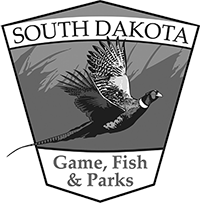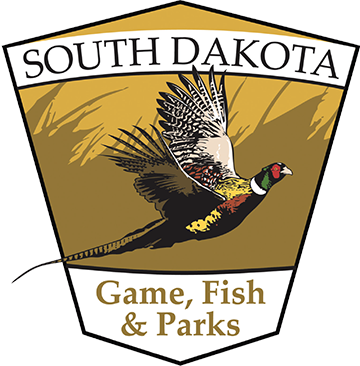Aquatic Invasive Species
As Aquatic Invasive Species (AIS) continue to be introduced and expand within North America, their presence in South Dakota continues to grow as well. Understanding the current distribution of AIS and the rules and regulations that apply to AIS management is important. A number of key topics will be covered below, but for a more comprehensive look at AIS in South Dakota, please visit SD Least Wanted and view the Game, Fish and Parks AIS strategic plan.
Watercraft
Many lakeshore residents use and store watercraft on their property to help them enjoy the water. With this activity comes certain considerations as watercraft are both a vector of transport of AIS to new waterbodies and infrastructure that can be impacted by AIS that may be established in a system. As such, it is important to understand existing rules and regulations, what Best Management Practices exist to help reduce the risk of contributing to the spread of AIS, and what can be done to protect watercraft from the impacts of AIS.
It is the responsibility of the watercraft operator to make sure they are in compliance with all regulations. This means that when a watercraft is removed from the water it needs to be free of all organic material, such as plants, animals and mud. The watercraft needs to be drained by having all plugs removed and by running any pumps that can expunge water.
Watercraft inspection:
When removing your watercraft, make sure to perform an inspection to make sure you are not transporting AIS. Use the acronym H.E.A.D. to help you remember what to inspect. Please remove all plants, water, and mud from watercraft before visiting your next water.
- H – Hull – Examine both sides of the hull below the water line and the trailer
- E – Engine – Inspect the engine, lower the lower unit to drain any water after use; zebra mussels can hide in dark areas, right angles, and rough spots
- A – Anchor – Examine interior compartments, anchor, and ropes
- D – Dry – Pull all plugs and leave them out until your next launch.
Boat Docks and Lifts
Boat docks and lifts are popular amenities on many lakeshore properties. They can also be popular pieces of infrastructure for AIS, like zebra mussels, to attach to. Due to this, understanding the rules and regulations related to storage and transportation of these pieces of equipment is important. It is a Class 2 misdemeanor for someone to possess or transport AIS within South Dakota; however, there are several exemptions that exist related to lakeshore property owners:
- A lakeshore resident is allowed to launch a dock or lift with zebra mussels attached if it has been stored on the shoreline property of the owner or at a marina business property and it is being launched back into the same waterbody from which it was removed.
- A lakeshore resident can remove AIS from their equipment.
- A lakeshore resident can possess AIS, such as zebra mussels, if they are in the process of transporting them for disposal, but it needs to be in a manner that minimizes possible introduction to new waters. For example, if someone removes AIS off their dock or lift, they are allowed to possess and transport the AIS to a landfill for disposal.
- A lakeshore resident can have a business, that is approved by GFP, transport and possess docks and lifts that have AIS attached for decontamination.
- A lakeshore resident can transport a dock or lift with AIS attached for decontamination.
It is recommended that all equipment is allowed to dry for a minimum of 21 days before transport or sale.
Vegetation Management
Management of both invasive and native vegetation can take several forms, including manual and mechanical removal, as well as chemical treatment. For more information on this topic, please visit the “Aquatic Vegetation Management” section of the “Lakeshore Residents” tab.
Citizen Monitoring
Citizen monitoring can be a powerful tool in AIS management. While GFP conducts AIS sampling on dozens of waterbodies annually, assistance from lakeshore residents helps by adding additional information.
Learn more about how to construct sampling devices and how to report findings.
Contact Us
Please contact Tanner Davis by email with any questions you may have about AIS and visit SD Least Wanted for more information.

